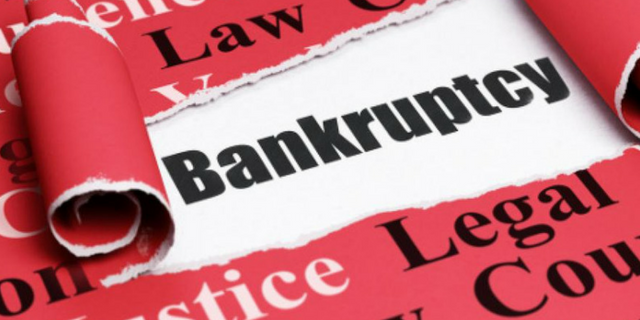Comprehending Insolvency
Bankruptcy uses an individual or service an opportunity to start fresh by forgiving financial obligations that merely can not be paid while giving lenders an opportunity to get some measure of repayment based on the individual's or service's properties available for liquidation. In theory, the ability to apply for insolvency advantages the general economy by permitting individuals and business a 2nd opportunity to gain access to credit and by providing creditors with a portion of debt repayment. Upon the successful completion of bankruptcy proceedings, the debtor is relieved of the debt obligations that were incurred prior to submitting for bankruptcy.
All bankruptcy cases in the United States are dealt with through federal courts. Any decisions in federal insolvency cases are made by a personal bankruptcy judge, consisting of whether a debtor is qualified to file and whether they ought to be discharged of their debts. Administration over personal bankruptcy cases is typically dealt with by a trustee, an officer designated by the United States Trustee Program of the Department of Justice, to represent the debtor's estate in the proceeding. There is usually really little direct contact in between the debtor and the judge unless there is some objection made in the case by a lender.
Types of Personal Bankruptcy Filings
Personal bankruptcy filings in the United States fall under one of several chapters of the Personal bankruptcy Code, consisting of Chapter 7, which involves the liquidation of properties; Chapter 11, which handles company or specific reorganizations; and Chapter 13, which sets up for debt repayment with decreased debt covenants or particular payment plans. Bankruptcy filing expenses vary, depending upon the kind of bankruptcy, the intricacy of the case, and other elements.
Chapter 7 Bankruptcy

People-- and in some cases organisations, with few or no properties-- usually file Chapter 7 insolvency. It allows them to get rid of their here unsecured debts, such as charge card balances and medical bills. Those with nonexempt possessions, such as household heirlooms (collections with high evaluations, such as coin or stamp collections); second houses; and cash, stocks, or bonds should liquidate the property to repay some or all of their unsecured financial obligations. A person filing Chapter 7 personal bankruptcy is basically selling their assets to clear their debt. Individuals who have no important assets and just exempt home-- such as household products, clothes, tools for their trades, and a personal car worth approximately a certain value-- may wind up paying back no part of their unsecured debt.
Chapter 11 Insolvency
Services typically file Chapter 11 bankruptcy, the goal of which is to rearrange, stay in organisation, and once again become rewarding. Submitting Chapter 11 personal bankruptcy permits a company to create prepare for profitability, cut expenses, and find brand-new methods to increase profits. Their preferred investors, if any, may still receive payments, though common shareholders will not.
For instance, a housekeeping organisation filing Chapter 11 personal bankruptcy may increase its rates slightly and offer more services to become profitable. Chapter 11 bankruptcy allows the company to continue conducting its company activities without disruption while working on a debt repayment strategy under the court's guidance. In uncommon cases, people can also file Chapter 11 bankruptcy.
Chapter 13 Bankruptcy
People who make excessive cash to receive Chapter 7 personal bankruptcy might file under Chapter 13, also referred to as a wage earner's strategy. It enables individuals-- as well as businesses, with constant earnings-- to produce workable financial obligation payment plans. The payment strategies are typically in installments throughout a 3- to five-year period. In exchange for repaying their financial institutions, the courts permit these debtors to keep all of their residential or commercial property, including otherwise nonexempt property.
Other Personal bankruptcy Filings
While Chapter 7, Chapter 11, and Chapter 13 are the most typical bankruptcy procedures, particularly as far as individuals are worried, the law also offers a number of other types: